Abstract
The Floriade 2012 is one of the first major sustainable land development projects in The Netherlands inspired by the Cradle to CradleTM (C2C) design philosophy. A set of principles inspired by C2CTM as well as vision and mission statement were developed: the Floriade/Venlo Principles. About ninety percent of the developed Floriade park was transferred to the future business park, Venlo Greenpark. Less than one percent of the Floriade material had to pass through a down cycling process. One of the most interesting upcycling projects is the transformation of the terrace of the BeachClub and the wooden forest paths into garden furniture and wooden houses.
Introduction
The Floriade is a large world horticulture exposition that is held every ten years in the Netherlands. From April to October 2012, the sixth edition of the Floriade was organized by the Region Venlo Floriade 2012. There were approximately 100 domestic and 40 foreign participants expecting over two million visitors. The entire area comprises 66 hectares (163 acres) and now that the Floriade closed its gates, it will continue life as a green business and educational park, “Venlo Greenpark.”
Venlo Greenpark/Floriade is one of the first major sustainable land development projects in Netherlands inspired by the Cradle to CradleTM (C2C) design philosophy. The Floriade C2C framework developed in cooperation with William McDonough and Michael Braungart has originally been applied to buildings and manufacturing design and is now being adapted for land development.
In a large-scale iterative process with multiple stakeholders, initiated by the local Chamber of Commerce, a set of principles, goal and mission statement were developed for the region: the Floriade/Venlo Principles. These principles are inspired by C2CTM and had be taken into account by all contractors and organizations that wanted to offer services. The principles with a brief interpretation are presented below:
- We are native to our place—starting where you’re at and listening to what the place has to say.
- Our waste = food—thinking in material, water and energy cycles and closing the loops.
- Sun is our income—the only true source of abundant, sustainable energy is the sun.
- Our air, soil, and water are healthy—traditional environmental issues
- We design enjoyment for all generations—„Sustainable development meets the needs of the present without compromising the ability of future generations to meet their own needs.― (Brundtland commission 1987)
Our goal is a delightfully diverse, safe, healthy and just world with clean air, water, soil and power – economically and elegantly enjoyed.
Dismantling of the Floriade 2012
About 90% of the developed Floriade park was transferred to the Venlo Greenpark, consisting of most of the technical infrastructure; roads and paths and the developed, landscaped park. Temporary buildings like greenhouses, restaurants, kiosks and service facilities not remaining at Greenpark were returned to the producers or found their second life within another horticultural exhibition. The high percentage of reuse was possible because of an integrated masterplan approach for Floriade and Greenpark. Nevertheless for some projects it was not possible to define a long term reuse in advance. The Floriade organization had to dismantle these projects without having a reuse concept. For these projects innovative reuse solutions were developed in cooperation with the dismantling and demolition companies. Due to this additional sustainability effort less than 1% of the Floriade materials passed through a downcycling process.
Example of an upcycling project
A good example of a long term reuse or upcycling application concerns the 1,5km long wooden forest path and the 600 sqm wooden terrace of the BeachClub. These projects were intensively used by two million visitors, but just for the six-month Floriade period. The objective was to find a long term reuse corresponding with the life cycle of wood.
Together with the companies Van Liempd Sloopbedrijven and 2LifeArt Floriade found a long-term reuse application consisting wooden houses (Trek-in) and garden furniture for both the wooden path as well as the terrace of the BeachClub. The larch (Larix) wood of the terrace is particularly suited because of its durability as substructure for the wooden houses. The beams, planking and concrete slabs of the wooden path will be used for the construction of wooden houses and its porches, as well as for garden furniture. Overall, more than 95 percent of all materials were recycled. Only wood scraps, screws and nails were
disposed of. Because of these efforts, the reused wood obtained the Certified post- consumer recycling label from the FSC.
An important secondary aspect of the project was to achieve a win-win situation for both parties. The Floriade found a high quality re-use for the materials without generating unnecessary dismantling and disposal costs. Van Liempd Sloopbedrijven and 2LifeArt found the desired quality material for their projects.
Due to the long-term reuse, which corresponds to the life cycle of wood, we can talk about an upcycling corresponding with the Cradle to Cradle TM design concept.
The C2C design process differentiates between a biological cycle and a technical material cycle (Figure 1). Accordingly, the use and reuse of the wood, as described in this paper, falls within the technical cycle.
Because the wood used is untreated, one may presume that eventually it will reenter the biological cycle when it is composted and returned to the Earth.

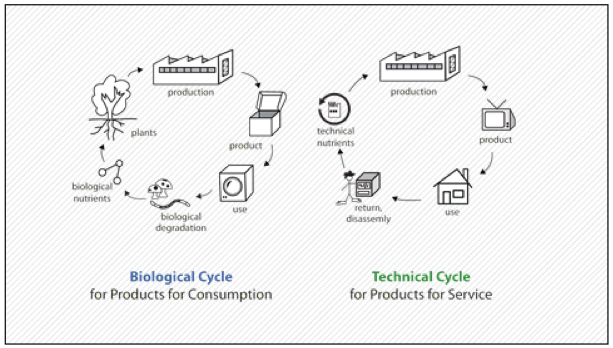
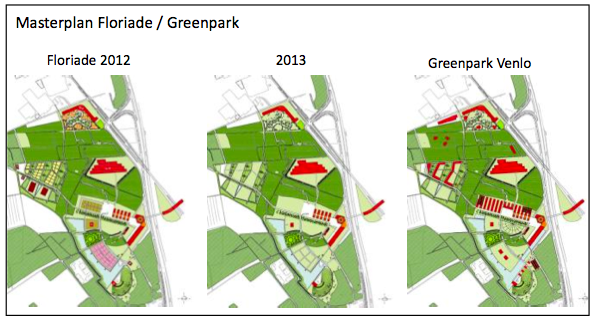
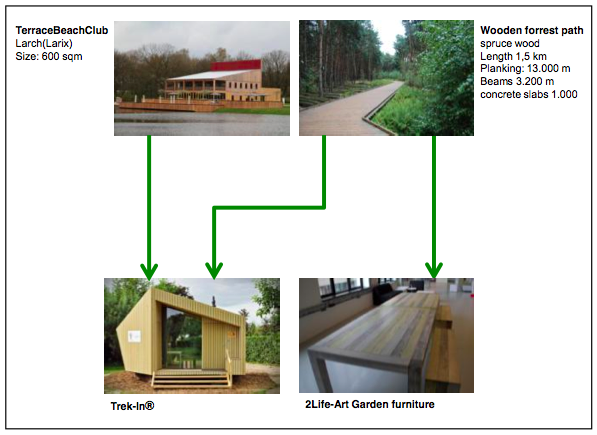
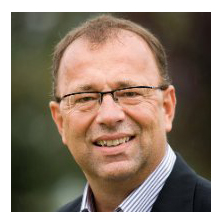
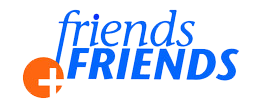
Contact me!